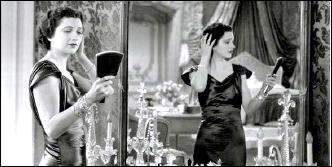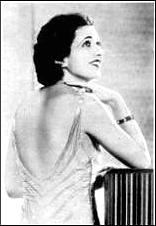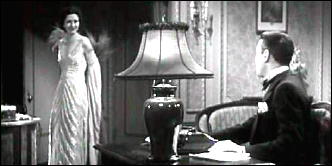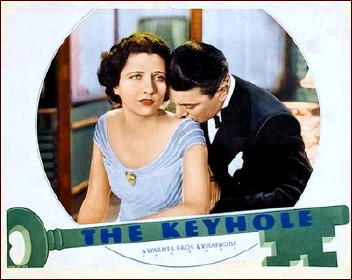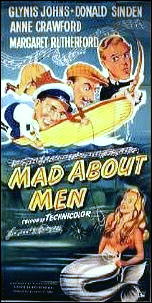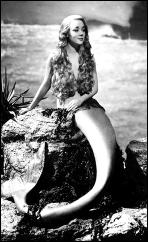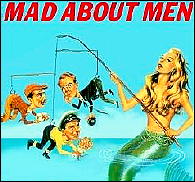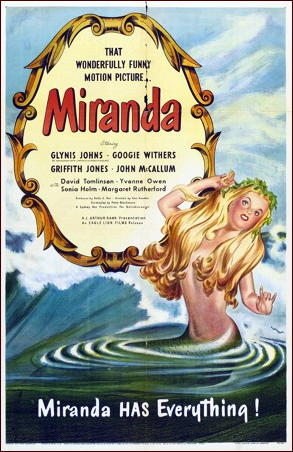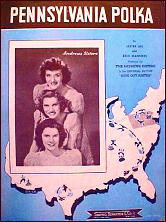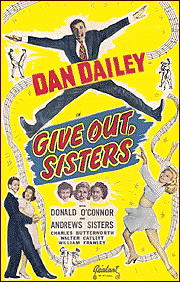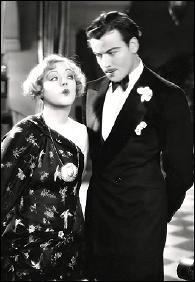Tue 20 Apr 2010
A Movie Review by Walter Albert: TURN TO THE RIGHT (1922).
Posted by Steve under Films: Comedy/Musicals , Reviews , Silent films[2] Comments
TURN TO THE RIGHT. Metro, 1922. Alice Terry, Jack Mulhall, Harry Meyers, George Cooper, Edward Connelly, Lydia Knott, Betty Allen, Margaret Loomis, Billy Bletcher, Eric Mayne, Ray Ripley. Scenario by June Mathis and Mary O’Hara, based on a play by Winchell Smith and Jack E. Hazzard; photography: John Seitz. Director: Rex Ingram, director. Shown at Cinecon 45, Hollywood CA, September 2009.
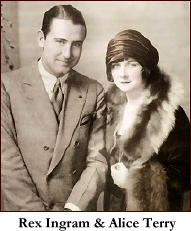
I saw this in 2005 at Cinefest, and I’m going to repeat the review, which, after a second viewing, still reflects my feelings.
The program notes characterize this film as a comedy, but it’s actually a rural comedy/drama with characters familiar to audiences for generations: the hard-hearted landlord, the penniless widow he’s trying to evict, the country bumpkin who turns out to be something of a financial wizard, and the Alger-like country lad who fights against adversity and eventually achieves vindication and success.
What is surprising is that the film is directed by Rex Ingram, better known for such films as The Four Horsemen of the Apocalypse and The Prisoner of Zenda, and not normally associated with traditional melodrama.
This rural fairy tale has an ingratiating playfulness that allows the villain to save his face and the comic foils (memorably played by Harry Myers and George Cooper) to find redemption as well as win the hearts of two village maidens.
